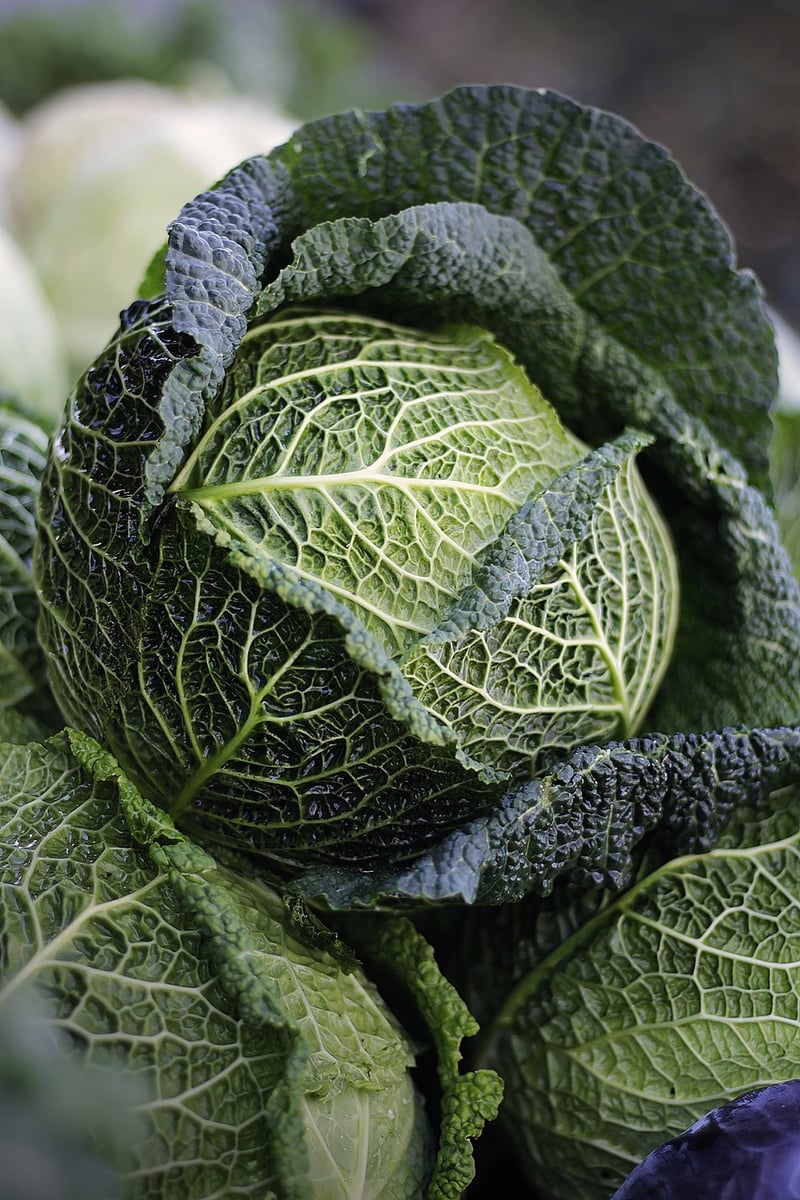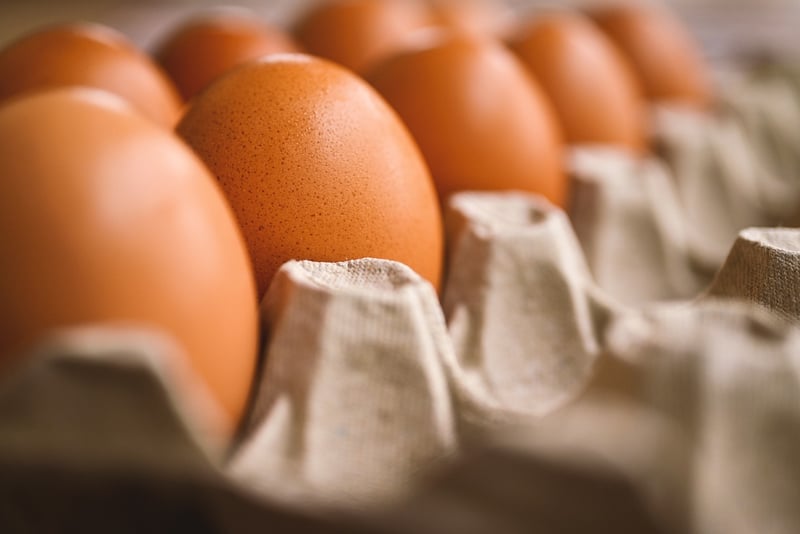Food Storage Guidelines
Master Culinary Techniques and Food Storage Guidelines
Culinary Techniques
Mastering culinary techniques can elevate your cooking skills and help you create delicious meals. Here are some essential techniques to improve your prowess in the kitchen:
1. Knife Skills
Learn how to properly hold and use a knife for chopping, dicing, and slicing ingredients with precision.
2. Sauteing
Master the art of sautéing ingredients in a pan with oil or butter over high heat to quickly cook and enhance flavors.
3. Roasting
Discover the magic of roasting vegetables and meats in the oven to achieve caramelization and rich flavors.
4. Braising
Perfect the technique of braising by searing ingredients and then slow-cooking them in liquid for tender and flavorful results.
Food Storage Guidelines
Proper food storage is essential to maintain freshness, prevent spoilage, and ensure food safety. Follow these guidelines for optimal food storage:
1. Refrigeration
Store perishable items like meat, dairy, and leftovers in the refrigerator at or below 40°F (4°C) to slow down bacterial growth.
2. Freezing
Freeze foods like bread, meat, and fruits for longer storage durations. Use airtight containers or freezer bags to prevent freezer burn.
3. Pantry Storage
Keep non-perishable items such as canned goods, dried pasta, and rice in a cool, dry pantry away from sunlight and moisture.
4. Labeling and Rotation
Label containers with the date of storage and practice first in, first out (FIFO) rotation to use older items before newer ones.
Conclusion
By mastering culinary techniques and following proper food storage guidelines, you can enhance your cooking skills, preserve the quality of ingredients, and enjoy delicious meals with peace of mind.


